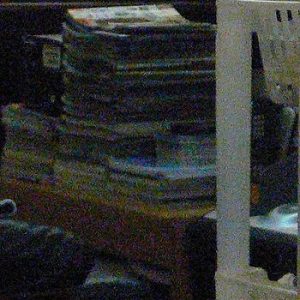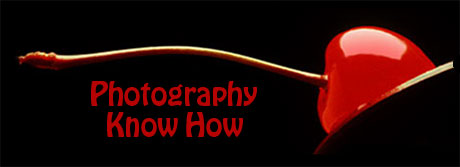The ISO numbers in digital cameras represent the amount of sensitivity of the image sensor. ISO stands for International Standards Organization. This organization established the standard used by sensor manufacturers to determine the sensitivity to light of a specific ISO setting.
ISO settings on your digital camera typically range from 50 or 100 on the low end to as high as 1600 or more on the high end. The lower numbers represent less sensitivity and higher ISO numbers indicate a higher sensitivity.
As an example, ISO 100 is one half as sensitive as ISO 200 and ISO 200 is half as sensitive as ISO 400. You can probably see how this is similar to the way shutter speeds and f-stops are set up. By going from ISO 100 to ISO 200 you can use a one stop faster shutter speed or f-stop.
Let’s say you measure an exposure and the shutter speed is 1/30 sec at f- 2.8 at ISO 100. You decide you want a faster shutter speed, but can’t change the f-stop. So changing the ISO to 200 would allow you to get the same exposure with a shutter speed of 1/60 sec. Increase the ISO to 400 and now you can shoot at 1/125 sec. and so on.
ISO Speed Can Add Noise
While increasing the ISO may give you a better shutter speed/f-stop combination, there is a side effect to consider and that is increased noise. Noise is generally an unwanted effect in digital photography.

Noise often shows up more readily in large areas of uniform tone or color, such as an expanse of blue sky.
Increasing the ISO also increases the amount of noise, but today’s cameras have made great improvements in this area.
The better camera review sites will test cameras for their signal to noise ratio and are useful when you want to know how good a specific camera is at dealing with noise.
But it is always a good idea to test your own camera in those situations where you may want to use higher ISO settings to see just how much noise you get in various situations.
Increasing your ISO settings can be helpful in some situations, but as a general rule of thumb it is best to choose the lowest ISO possible to insure the best quality in your photos.
Here’s to better photography …

Al Hannigan



0 comments